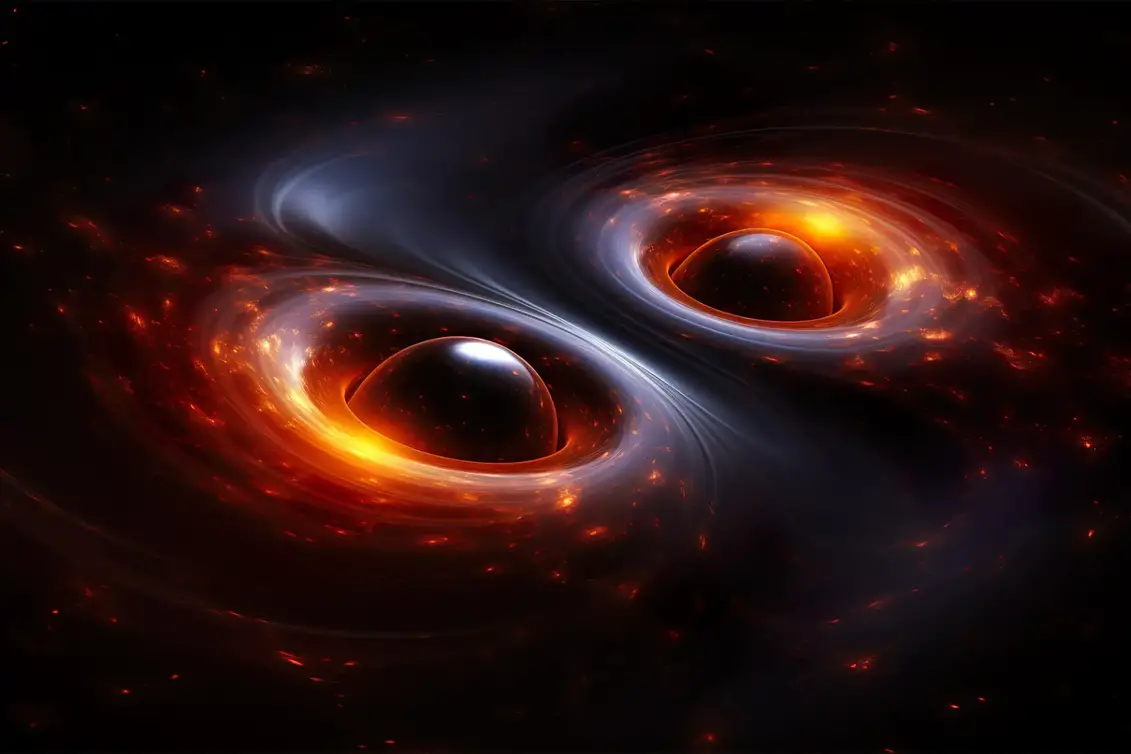By following supermassive black holes researchers hope that they can see where gravitational waves forming. When two supermassive black holes impact each other. They form an extremely high-energy area between those black holes. There are standing waves between those black holes.
And sometimes, people think that gravitons and gravitational waves can also form between those kinds of black holes. The supermassive black holes that orbit each other also pump energy in the middle of that system. That energy reflects from deep inside the black hole. And that energy is the thing called gravitational waves.
"Following 15 years of observing pulsars, the NANOGrav collaboration has detected gravitational waves stronger than ever before, likely produced by supermassive black hole pairs. This groundbreaking discovery presents the first evidence for the gravitational wave background, which is surprisingly louder than anticipated, possibly pointing to an abundance of supermassive black holes or alternative gravitational wave sources." (ScitechDaily.com/Louder Than Expected: Gravitational Waves From Merging Supermassive Black Holes “Heard” for First Time)If some phenomenon has two wavelengths. That means those wavelengths must have different-size origins. In some theoretical models. The origin of high-amplitude gravitational waves origin is in the strings between quarks and gluons. That causes a question: are there two sizes of gravitons? Large gravitons transport gravitational waves with long wavelengths. And small gravitons transport the high frequency or short gravitational waves.
So are the hypothetical gravitons particles that are forming when strings between quarks and gluons oscillate. That forms a standing wave between quarks and gluons. Gluons are strong nuclear force transportation particles. So is a graviton particle that nobody has confirmed in the interaction between strings that are inside the atom's nucleus, between quarks and gluons.
There are two types of gravitational waves in space. The gravitational waves can have long and short wavelengths. That means that some people think that there are two different gravitational types. The gravitation travels in the form of long gravitational waves. And another wavelength type is short.
This means there is a possibility that the material could be at two points where gravitational waves can be left. Maybe extremely massive objects can send gravitational waves from their shell.
And the origin of short-wavelength gravitational waves may be in the atom's or subatomic particles or the connections between quarks and gluons. The gravitational waves with long wavelengths can be in the entire atoms. Or it's an oscillation that is leaving from proton's and neutron's shells.
https://scitechdaily.com/louder-than-expected-gravitational-waves-from-merging-supermassive-black-holes-heard-for-first-time/?expand_article=1






No comments:
Post a Comment
Note: Only a member of this blog may post a comment.